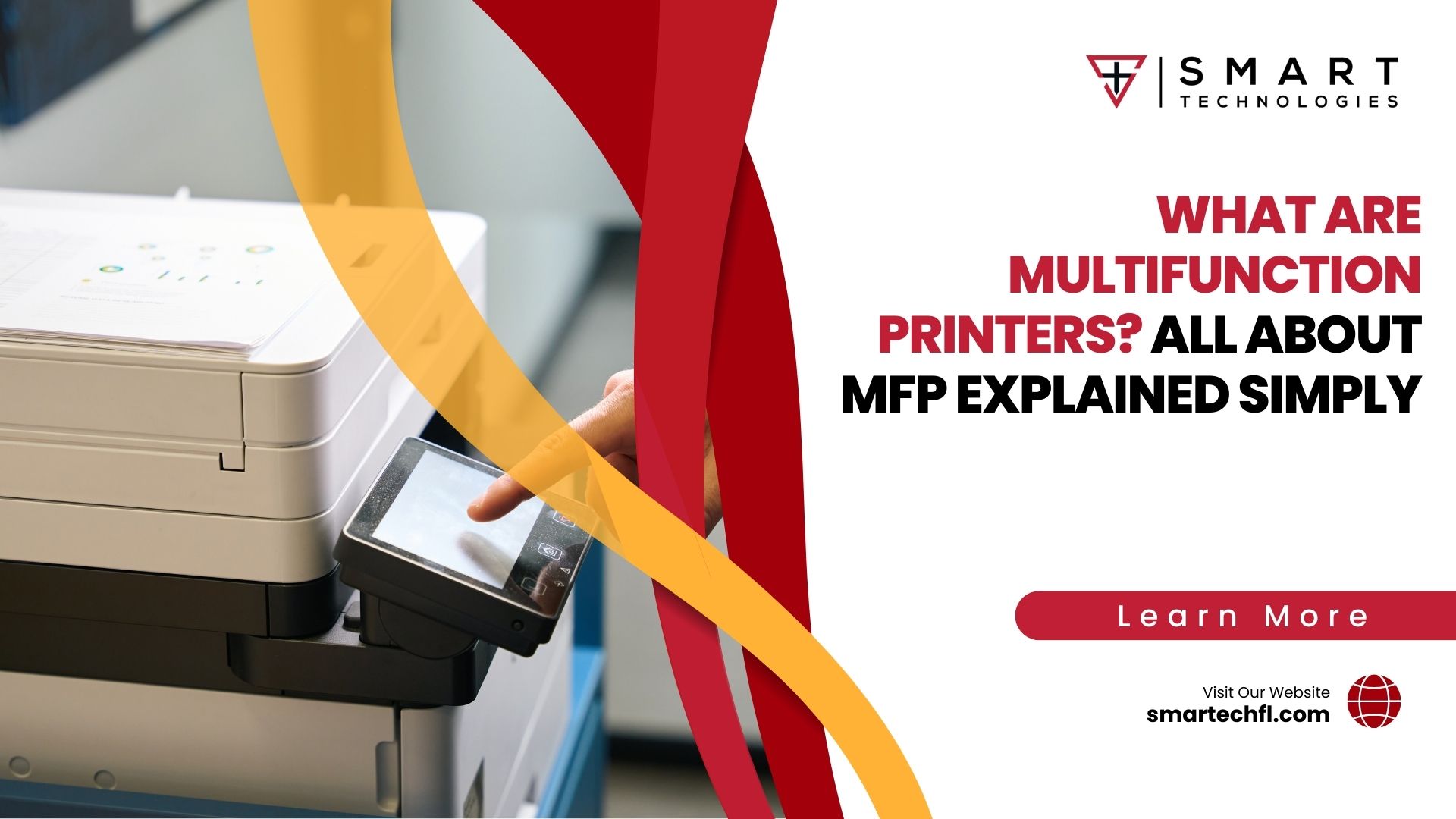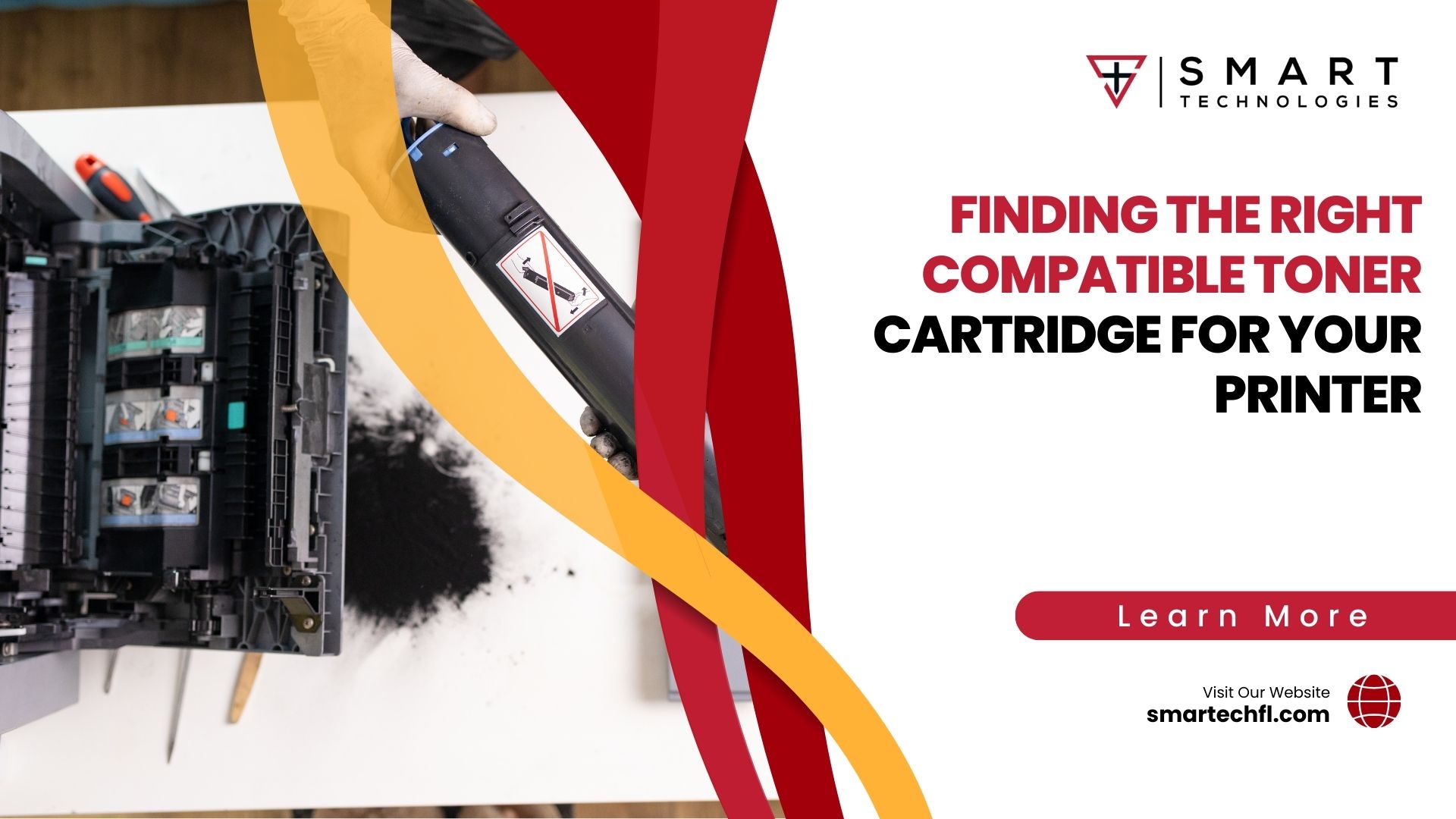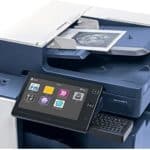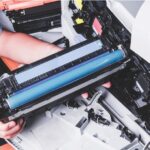Do Laser Printers Need Ink? Let’s Clear the Confusion
Do Laser Printers Need Ink?
Have you ever wondered if laser printers use the same kind of ink as your home inkjet printer? You’d be surprised to learn that they don’t! This common confusion can lead to frustration when choosing the right printer for your needs. This article will clear up the mystery by explaining the key differences between inkjet and laser printers, and demystifying the world of toner.
Inkjet Printers vs Laser Printers
Inkjet printers function similarly to a tiny paintbrush, relying on liquid ink cartridges to create images on paper. These cartridges contain colored inks that are sprayed onto the page in a precise pattern.

On the other hand, laser printers utilize a completely different technology. Instead of liquid ink, they employ a fine toner powder housed within toner cartridges. This powder is transferred to a drum using a laser beam, creating an electrostatic image. The toner is then attracted to the paper and permanently fused with heat and pressure.
Therefore, the fundamental difference lies in the printing medium: liquid ink for inkjets and dry toner powder for lasers. This distinction has a significant impact on factors like printing speed, quality, and cost per page.
Unveiling the Mystery of Toner
Toner, the unsung hero of laser printers, is a dry powder composed of tiny plastic particles and a carrier that helps it adhere to the drum. These toner particles come in various colors (black, cyan, magenta, yellow) for color printing, or just black for monochrome printing.
The laser printing process is a fascinating dance of technology. First, a digital image is created on your computer. A laser beam then scans this image and transfers it onto a photosensitive drum inside the printer. The laser beam alters the electrical charge on the drum’s surface, creating a blueprint of the image. Next, the toner particles, attracted to the charged areas of the drum, cling to it like iron filings to a magnet. Finally, the toner is transferred to the paper using heat and pressure, resulting in a crisp and permanent image.
Not all toner cartridges are created equal. Standard-yield toner cartridges hold a smaller amount of toner powder, suitable for occasional printing needs. In contrast, high-yield toner cartridges boast a larger capacity, ideal for high-volume printing environments. Additionally, for vibrant color prints, color toner cartridges containing cyan, magenta, and yellow toner are used.
Toner vs Ink: A Cost Comparison
While toner cartridges might seem pricier upfront compared to their inkjet counterparts, there’s more to the story than meets the eye. To understand the true cost, we need to consider the concept of Cost Per Page (CPP). This metric essentially reveals how much it costs to print a single page. It’s calculated by dividing the cost of the cartridge by the number of pages it can print.
Here’s where laser printers often shine. Toner cartridges boast a significantly higher page yield, meaning they can print many more pages before needing replacement. This translates to a lower CPP for laser printers in the long run, especially for frequent printing needs.
However, CPP isn’t set in stone. It can be influenced by several factors:
- Printer model: Different printer models within the same technology (laser or inkjet) can have varying CPPs due to factors like cartridge capacity and efficiency.
- Brand: Brand reputation and technology can affect cartridge pricing.
- Usage patterns: Printing a lot of color pages will naturally deplete cartridges faster than printing mostly black text documents.
Therefore, while the initial cost of toner cartridges might be higher, laser printers can be more cost-effective in the long run, especially for high-volume printing.
Maintaining Your Laser Printer for Optimal Performance

Keeping your laser printer in top shape ensures crisp prints and avoids frustrating jams. Here are some key maintenance tips:
Toner Cartridge Care: Handle toner cartridges with care to prevent spills. Always follow the manufacturer’s instructions for replacement. Avoid using compatible or refilled cartridges that might not meet quality standards and could potentially damage your printer.
General Maintenance: Regularly clean the printer’s exterior with a soft, dry cloth. Consult the manual for instructions on cleaning internal components like the fuser unit (the part that heats and bonds toner to paper). Don’t overload the paper tray to avoid jams. Using high-quality paper suitable for laser printing will also minimize jams and protect the printer’s delicate internal components.
By following these simple steps, you can extend the life of your laser printer and ensure it continues to deliver high-quality prints.
Choosing the Right Printer for Your Needs
Selecting the ideal printer depends on your specific printing habits and priorities. Here are some key factors to consider:
Printing Volume: If you frequently need to print large volumes of documents, a laser printer might be a better choice due to its lower CPP and faster printing speeds. Inkjet printers, on the other hand, might suffice for occasional printing needs.
Printing Needs: Laser printers excel at producing sharp, crisp text documents. However, if you plan on printing a lot of photos or graphics, an inkjet printer using pigment-based inks might offer better results. Color laser printers are also available, but they tend to be more expensive than their monochrome counterparts.
Budget: Consider both the initial cost of the printer and the ongoing cost of replacing toner or ink cartridges. Factor in your estimated printing volume to determine which option will be more cost-effective in the long run.
Additional Features: Some printers offer multi-functionality, acting as scanners and copiers alongside printing. Consider if these features would be valuable for your needs.
Once you’ve weighed these factors, you’ll be well-equipped to choose between a laser printer or an inkjet printer.
Here’s a quick guide:
- Get a laser printer if: You need to print high volumes of documents (text-heavy) and cost-efficiency is a priority. Sharp text quality is crucial.
- Get an inkjet printer if: You only print occasionally. Photo printing is a frequent requirement. You have a tighter budget upfront.
What May People Also Ask
Can I Use Ink in a Laser Printer?
The answer is a resounding no. These printing technologies are like different languages – they don’t speak the same tongue! Inkjet printers rely on liquid ink cartridges that deposit tiny droplets of colored ink onto the paper. Laser printers, on the other hand, employ a completely different system. They utilize a dry powder called toner housed within toner cartridges.
Do laser printers ever run out of toner?
Absolutely! Just like ink cartridges, toner cartridges have a finite lifespan. Most printers will notify you when toner levels are low, often through a blinking light or a message on your computer screen. Look out for these warning signs to ensure you don’t end up with a half-printed document.
Are Remanufactured Toner Cartridges Safe to Use?
Remanufactured cartridges are essentially used cartridges that have been refilled with new toner powder. They can be a more budget-friendly option compared to brand-new cartridges. However, there can be some drawbacks. Remanufactured cartridges might not always deliver the same print quality as originals, and there’s a slight chance of compatibility issues with your specific printer model. To minimize risks, stick with reputable brands of remanufactured cartridges that offer quality guarantees.
Conclusion
We’ve learned that laser printers operate using toner, a dry powder distinct from the liquid ink used in inkjet printers. Laser printers offer advantages like faster printing speeds and sharper text quality, but they might have a higher upfront cost. Inkjet printers, while generally cheaper initially, can have higher costs per page in the long run.
The best choice for you boils down to your printing needs. Consider factors like print volume, budget, and the type of documents you print the most before deciding between a laserjet or an inkjet printer.
You can contact us by phone, email, or by visiting our offices:
- Phone: (386) 261-8323
- Email: contact@smarttechfl.com
- Address: 771 Fentress Blvd. #10, Daytona Beach, FL 32114











